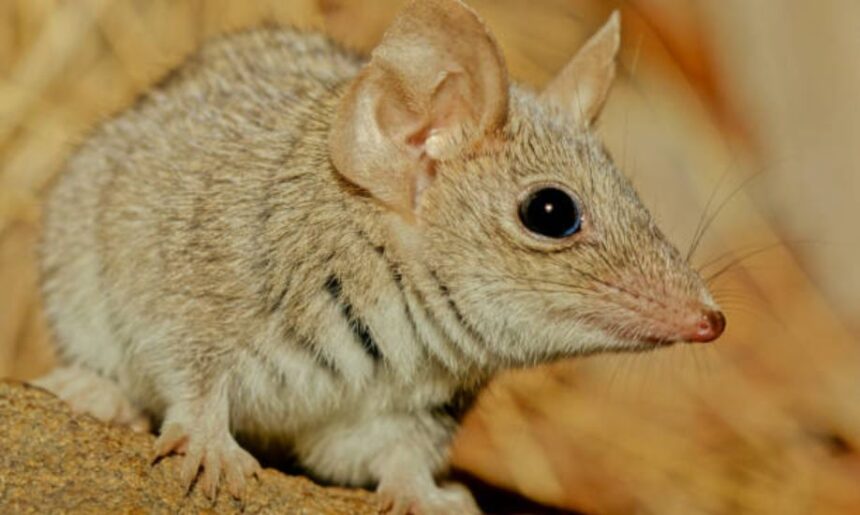The “tñacuache” is a fascinating creature deeply rooted in the ecological and cultural landscapes of Mexico and Central America. Known for its adaptability, resourcefulness, and unique traits, this marsupial has captured the attention of scientists, storytellers, and communities for generations. In this article, we delve into the many aspects of the tñacuache, exploring its biology, behavior, cultural significance, and ecological importance.
What is a “tñacuache”?
The tñacuache, also known as the opossum in English, is a marsupial native to the Americas. It belongs to the Didelphidae family, which comprises more than 100 species. These creatures are small to medium-sized, with an average body length of 15 to 20 inches, complemented by a tail that adds another 10 to 18 inches. Their grayish-brown fur, sharp pointed snout, large ears, and prehensile tail make them instantly recognizable.
One of the defining features of the tñacuache is its opposable thumbs on the hind limbs, a characteristic that aids its climbing and manipulation of objects. Its ability to thrive in diverse habitats, from dense forests to urban environments, showcases its remarkable adaptability.
The Behavioral Traits of the “tñacuache”
Tñacuaches are nocturnal animals, which means they are most active during the night. Their omnivorous diet includes a wide variety of foods such as fruits, insects, small mammals, birds, and even carrion. This dietary flexibility allows them to survive in various environments and adapt to changing conditions.
One of the most intriguing behaviors of the tñacuache is its defense mechanism known as “playing dead,” or thanatosis. When threatened, the tñacuache collapses, mimicking the appearance and smell of a decaying animal. This clever trick often deters predators, as they lose interest in what appears to be a lifeless and decomposing meal.
The Cultural Significance of the “tñacuache”
The tñacuache holds a special place in the folklore and traditions of Mexico and Central America. Its name originates from the Nahuatl word “tlacuatzin,” meaning “little one who eats fire.” This name stems from a popular legend in which the tñacuache brought fire to humanity. According to the story, the tñacuache stole fire from the gods, hiding the ember in its tail, and delivered it to humans. This act not only earned it a revered status in mythology but also symbolized its resilience and ingenuity.
In addition to its role as a fire-bringer, the tñacuache is often depicted as a trickster figure in indigenous stories. These tales highlight its cleverness and adaptability, serving as moral lessons about the importance of resourcefulness and wit.
The Ecological Importance of the “tñacuache”
The tñacuache plays a vital role in maintaining ecological balance. As scavengers, they help clean up the environment by feeding on carrion and organic waste. This behavior not only reduces the spread of disease but also recycles nutrients back into the soil, contributing to healthier ecosystems.
Moreover, tñacuaches help control insect and rodent populations, making them valuable allies in both natural and agricultural settings. Their presence in urban areas, while sometimes seen as a nuisance, can actually benefit communities by keeping pest populations in check.
Adaptability and Urban Coexistence
One of the most remarkable traits of the tñacuache is its adaptability. These marsupials have successfully learned to coexist with humans, often making their homes in urban and suburban areas. They are known to scavenge for food in garbage bins, gardens, and other human-made environments. While this behavior can lead to conflicts, it is a testament to their ability to survive and thrive in changing conditions.
Despite their adaptability, tñacuaches face challenges such as habitat loss and urbanization. These threats highlight the need for conservation efforts that focus on preserving their natural habitats and promoting coexistence with humans. Educating communities about the ecological benefits of tñacuaches can foster a greater appreciation for these unique creatures.
Myths and Misconceptions About the “tñacuache”
Despite their ecological importance, tñacuaches are often misunderstood and unfairly labeled as pests. Some people fear them due to their appearance or mistakenly believe they carry diseases. While tñacuaches, like any wild animals, can carry parasites or pathogens, the risk to humans is minimal when proper hygiene and precautions are observed.
Another common misconception is that tñacuaches are aggressive. In reality, they are shy and non-confrontational animals. Their defensive behaviors, such as playing dead or hissing, are meant to avoid conflict rather than provoke it.
The Conservation Status of the “tñacuache”
Currently, tñacuaches are not considered endangered. Their wide range and adaptability have allowed them to maintain stable populations in many areas. However, ongoing threats such as deforestation, urbanization, and road mortality pose risks to their long-term survival.
Conservation efforts for tñacuaches include habitat protection, public education, and wildlife rehabilitation programs. By addressing the challenges they face and promoting coexistence, we can ensure that these remarkable creatures continue to thrive in the wild.
Why the “tñacuache” Deserves Recognition
The tñacuache is more than just a marsupial; it is a symbol of resilience, adaptability, and ecological balance. From its role in folklore as a fire-bringer to its contributions as a scavenger and pest controller, the tñacuache embodies the interconnectedness of nature and culture. By understanding and appreciating the unique traits of this creature, we can foster a greater sense of responsibility toward protecting our natural world.
Conclusion
The tñacuache is a creature that exemplifies survival and adaptability. Its presence in folklore, ecosystems, and even urban areas highlights its importance in both cultural and ecological contexts. While challenges like habitat loss and urbanization persist, the tñacuache’s resilience serves as a reminder of nature’s ability to adapt and thrive. By recognizing the value of this marsupial and promoting conservation efforts, we can ensure that the tñacuache continues to play its vital role in the natural world.






